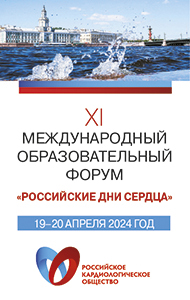Organic compound produced by intestinal bacteria linked to atherosclerosis, mortality
Trimethylamine-N-oxide, an organic compound produced by intestinal bacteria, was associated with coronary atherosclerosis burden and mortality among patients with chronic kidney disease in a recent study.
Jason R. Stubbs, MD, and colleagues incorporated data from five separate cohorts of patients. In a cross-sectional analysis, they assessed serum and urinary levels of trimethylamine-N-oxide (TMAO) in 104 patients with kidney function ranging from normal to end-stage disease. Six patients with advanced disease who underwent renal transplantation were also evaluated to determine whether elevated TMAO levels were reversible. In a third analysis, the researchers evaluated serum TMAO concentrations in 220 patients with impaired renal function who underwent coronary angiography, to assess the potential link between TMAO and coronary atherosclerosis.
In the cross-sectional analysis, serum TMAO concentrations increased with kidney disease severity. The results showed a higher median concentration among dialysis-dependent patients compared with healthy controls (median, 94.4 µM vs. 3.3 µM; P < .001). The researchers reported an inverse association between serum TMAO concentrations and estimated glomerular filtration rate (r2 = 0.31; P < .001). Urinary excretion of TMAO did not differ significantly according to kidney disease, the researchers wrote.
In the assessment of transplant patients, serum TMAO concentrations were higher before transplantation compared with after transplantation (median, 71.2 µM vs. 11.4 µM; P = .03).
In the cohort of 220 patients, those in the highest TMAO tertile trended toward increased coronary atherosclerosis burden (modified Gensini score, 7.4 ± 5.1 vs. 5.9 ± 4 for the lowest tertile; P = .11). Assessment of TMAO as a continuous variable indicated a significant association between TMAO concentrations and Gensini score (r = 0.17; P = .02), according to the results.
Survival rates at 4 years in this population revealed a trend toward increased mortality at the highest TMAO tertile. The researchers observed an independent association between TMAO and mortality when TMAO was assessed as a continuous variable (HR = 1.26; 95% CI, 1.13-1.4 per 10 µM increase).
Source: www.healio.com






